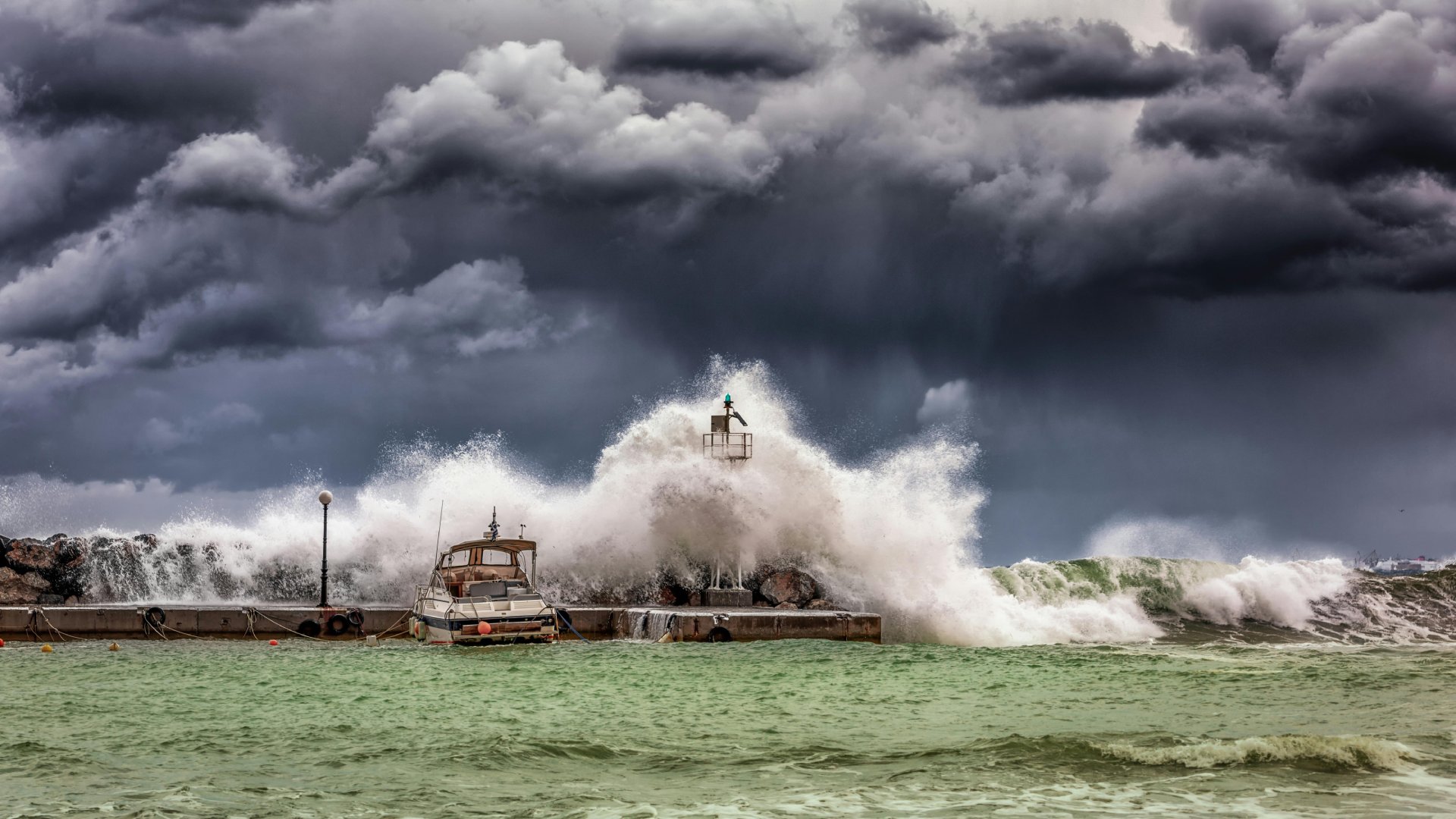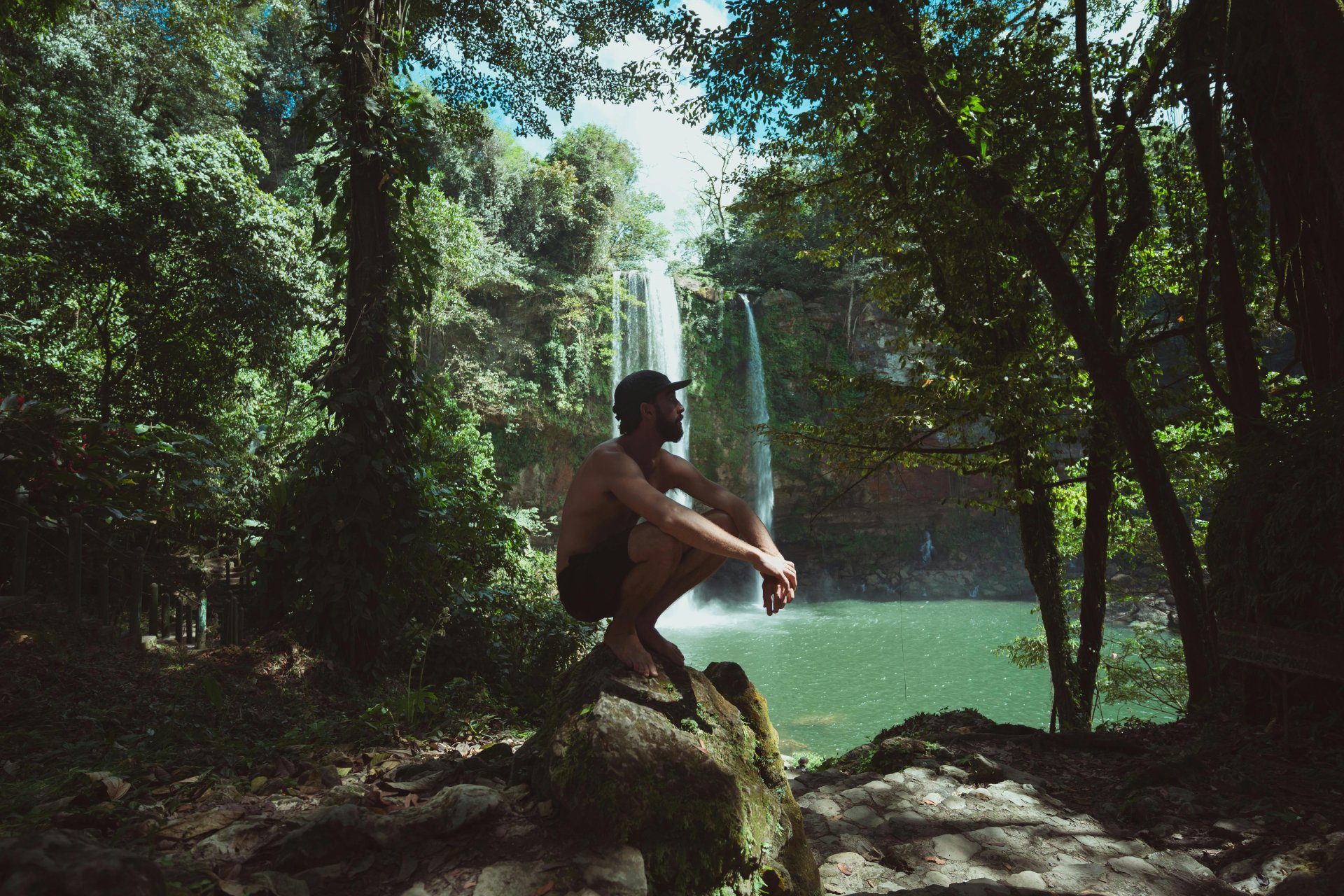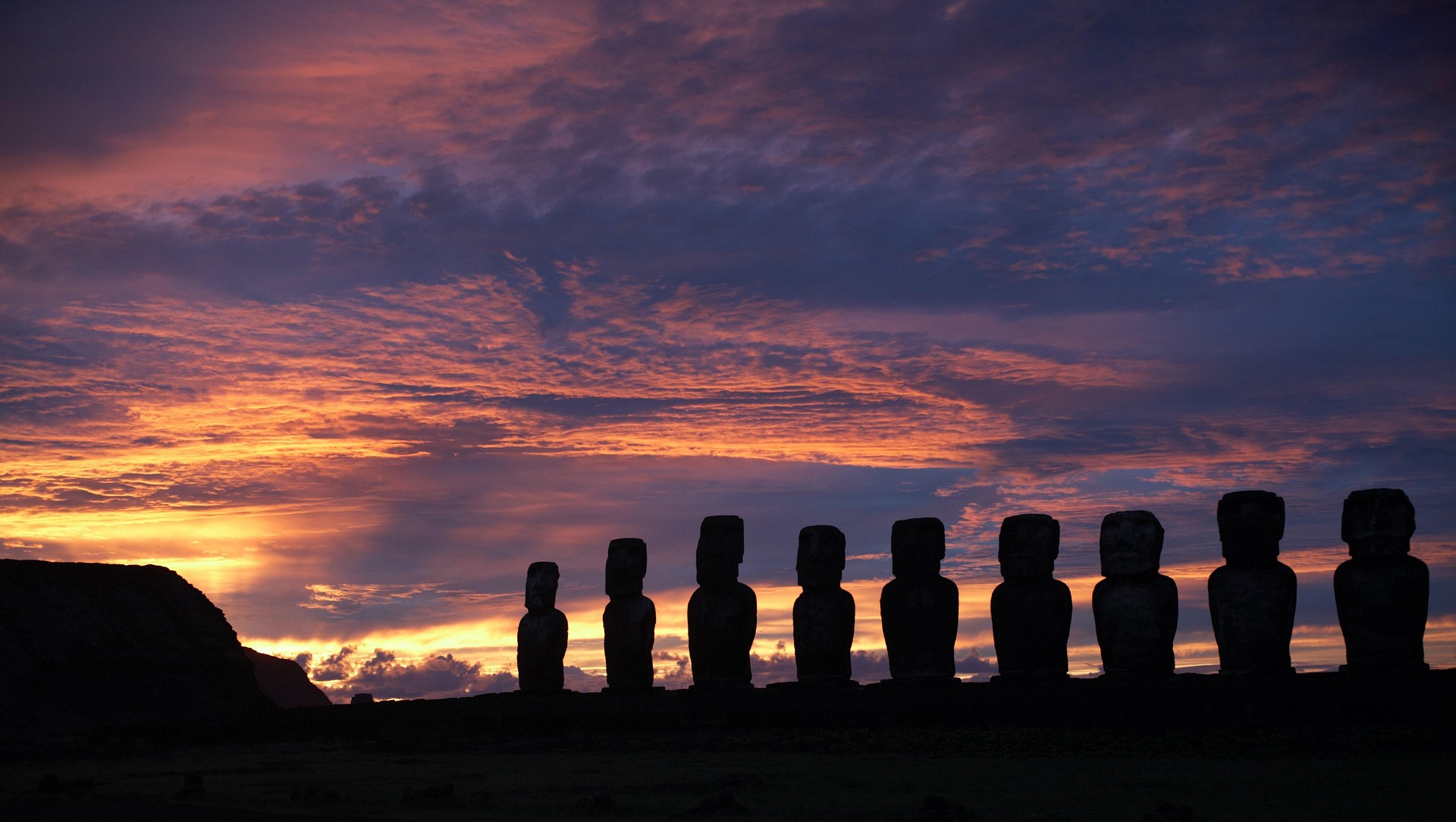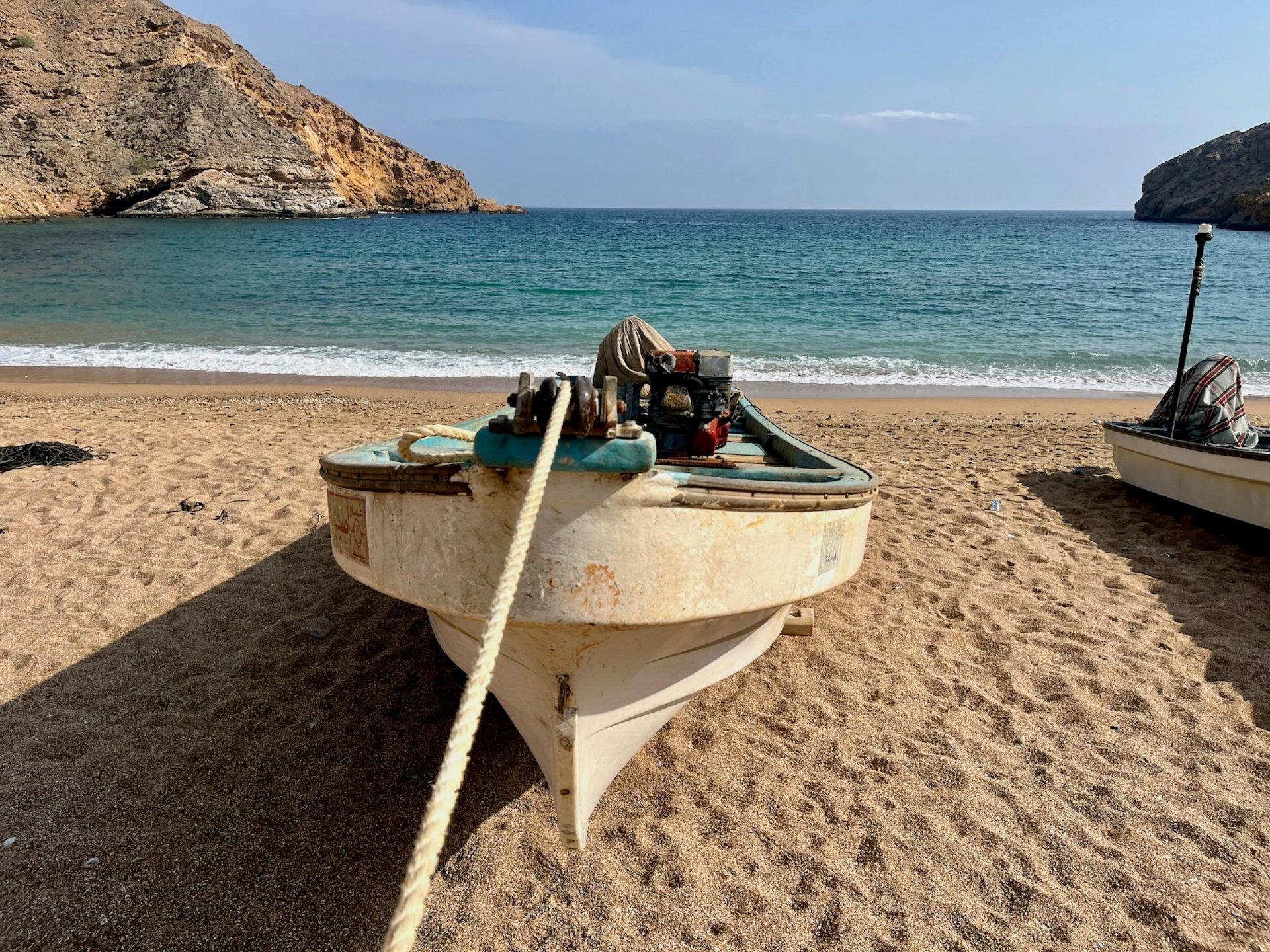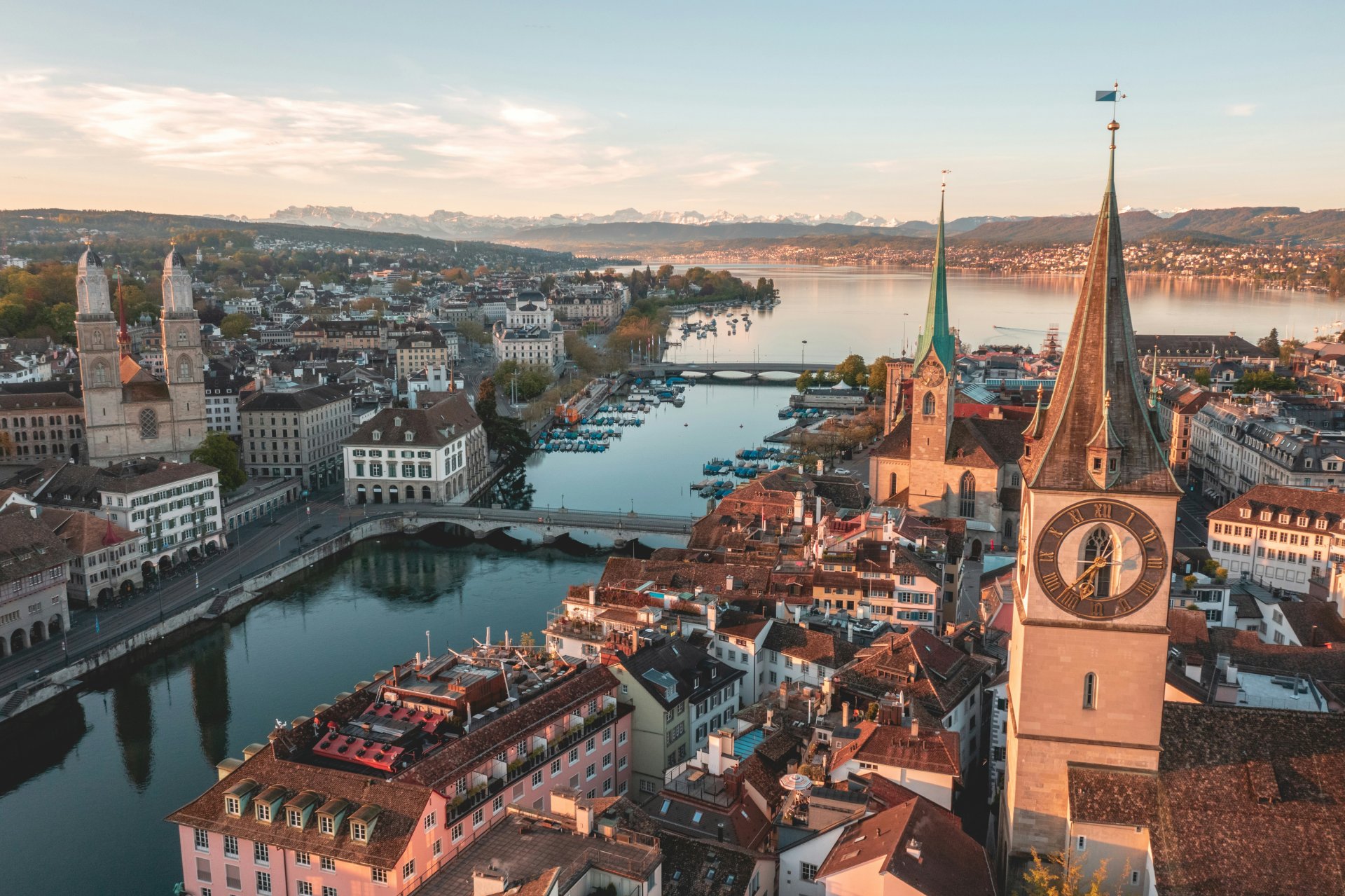Article Highlights:
- 90% of U.S. natural disasters involve flooding, making it the most common and destructive hazard.
- Hurricane season lasts from June to November, peaking between August and October.
- Storm surges, not wind, are the most dangerous part of hurricanes, cyclones, and typhoons.
- Having a travel emergency plan, including evacuation routes and supply kits, is crucial.
- Traveling during storm season is possible with proper planning, flexible bookings, and awareness of local disaster risks.
Wherever you’re traveling during the summer, the potential threat of a natural disaster is constant in many popular travel destinations. Extreme storms like hurricanes, cyclones, and typhoons are a harsh reminder that Mother Nature reigns supreme. Fortunately, modern weather tracking technology allows us to identify, name, and monitor these destructive events well before they make landfall, giving travelers time to prepare and evacuate if necessary.
“Weather tracking technology allows people to track hurricanes well before landfall, giving them time to prepare their homes and evacuate,” said Dan Richards, CEO of The Global Rescue Companies. “Nevertheless, every year, there are some who stay put, facing the storm head-on, either because they are unwilling or unable to do otherwise.”
Understanding Hurricanes, Cyclones, and Typhoons
Hurricanes, cyclones, and typhoons are essentially the same type of storm, but their names depend on their location:
- Hurricanes – Atlantic Ocean or northeastern Pacific Ocean storms with sustained winds over 74 mph.
- Cyclones – The same weather phenomenon is in the Indian Ocean and the southwestern Pacific.
- Typhoons – Are found in the northwestern Pacific and mainly affect East Asia.
These powerful storms bring extreme winds, storm surges, and heavy rainfall, often causing severe damage to infrastructure and the environment. While hurricanes frequently strike North America’s Atlantic and Gulf of Mexico coasts, parts of the southwestern United States and Pacific Coast can also experience severe storm impacts, including tornadoes and floods.
Flooding from these storms is hazardous, leading to widespread destruction, water contamination, and even fires caused by downed power lines in pooling water.
In Canada, floods are the most frequent and expensive natural hazard. In the United States, officials report that 90% of all natural disasters involve flooding, causing more economic damage and loss of life than any other hazard. Meanwhile, in Southeast Asia, including Cambodia, Laos, Thailand, Vietnam, and the Philippines, flood disasters account for nearly 40% of all natural disasters.
Preparing for Natural Disasters: What You Need To Know
Proper preparation before the storm can make a critical difference in safety and survival when facing hurricanes, cyclones, typhoons, and floods. Follow these essential steps:
- Evacuate if Possible – Never ignore an evacuation order from local authorities. Delaying departure can put you in a life-threatening situation.
- Stay Informed – Monitor storm updates through official channels. In the U.S., the National Weather Service provides Wireless Emergency Alerts (WEA). In Asia, monitoring agencies include the Japanese Meteorological Agency and the Joint Typhoon Warning Center.
- Charge Your Devices – Power outages may last days or weeks, so ensure your mobile phone, tablets, and laptops are fully charged.
- Gather Emergency Supplies – FEMA recommends having an emergency kit with non-perishable food, water, flashlights, batteries, and first aid supplies. Stock up in advance to avoid shortages.
- Secure Important Documents – Keep valid identification, passports, and travel documents in a waterproof bag for easy access.
- Have Emergency Cash – ATMs and banking systems may be inaccessible after a disaster.
- Create a Family Emergency Plan – Determine meeting points and communication methods in case of separation.
- Designate a Shelter Location – Whether moving to higher ground for floods or securing a safe place for high winds, know where to go before disaster strikes.
During a severe storm, staying indoors and taking shelter in a secure interior room away from windows and potential flying debris is crucial. Keeping updated with emergency alerts is also essential, so keep a battery-powered radio with you so you can obtain the latest information and warnings.
One of the most dangerous aspects of hurricanes and typhoons is the storm surge, which can cause catastrophic flooding in coastal areas. If you are in a high-risk zone, evacuating early can be lifesaving. Additionally, when advised by authorities, shutting off gas, water, and electricity can help prevent further hazards such as fires and electrocution.
Once the storm has passed, waiting for official clearance before leaving your shelter is important, as lingering dangers such as downed power lines and unstable structures may still pose risks.
Floodwaters should be avoided at all costs, as they may be contaminated with debris, sewage, or hidden electrical currents. Checking yourself and those around you for injuries is a priority, and medical attention should be sought immediately for any wounds or infections. As you assess the aftermath, remain cautious of weakened buildings, bridges, and roads that may have sustained structural damage.
Finally, reaching out to emergency contacts, including family and friends, ensures that they are informed of your safety and can assist if necessary.
When Is Hurricane Season?
Summertime natural disasters vary by region. North America experiences hurricanes, tornadoes, tsunamis, floods, and fires, while Southeast Asia faces heavy rainfall, droughts, and flood disasters. Europe deals with heat waves, heavy rainstorms, and forest fires. Flooding is one of the most common and costly hazards worldwide, occurring as a result of storms, sudden heavy rainfall, and tsunamis.
Hurricane season typically lasts from June to November, with peak activity occurring between August and October. If you plan to travel during this period, consider:
- Choosing Lower-risk Locations – The ABC islands (Aruba, Bonaire, and Curaçao) and Barbados rarely experience hurricanes due to their southern location.
- Booking Flexible Travel – Opt for refundable airline tickets and accommodation policies that allow last-minute changes.
- Checking Hotel Disaster Plans – Call ahead to learn about hurricane readiness measures and available shelters.
- Bringing Emergency Cash – ATMs and card transactions may not be functional if power outages occur.
The Global Rescue Connection
Natural disasters like hurricanes, cyclones, typhoons, and floods are generally predictable, providing time to prepare and increase survival and safety. Staying informed, having an evacuation plan, gathering emergency supplies, and understanding the risks associated with your travel destination are critical steps in mitigating disaster impact.
If you’re planning a trip this summer, get in touch with Global Rescue to help equip you with up-to-date intelligence and ensure your safety and security, be it go-bag prep or other precautionary preparations.
While we cannot predict or prevent natural disasters, we can take proactive steps to prepare and respond effectively. When a hurricane, cyclone or typhoon threatens your vacation or work trip, Global Rescue’s expert team can help keep you abreast of its path and assist with your evacuation as the storm predictions grow ominous.

